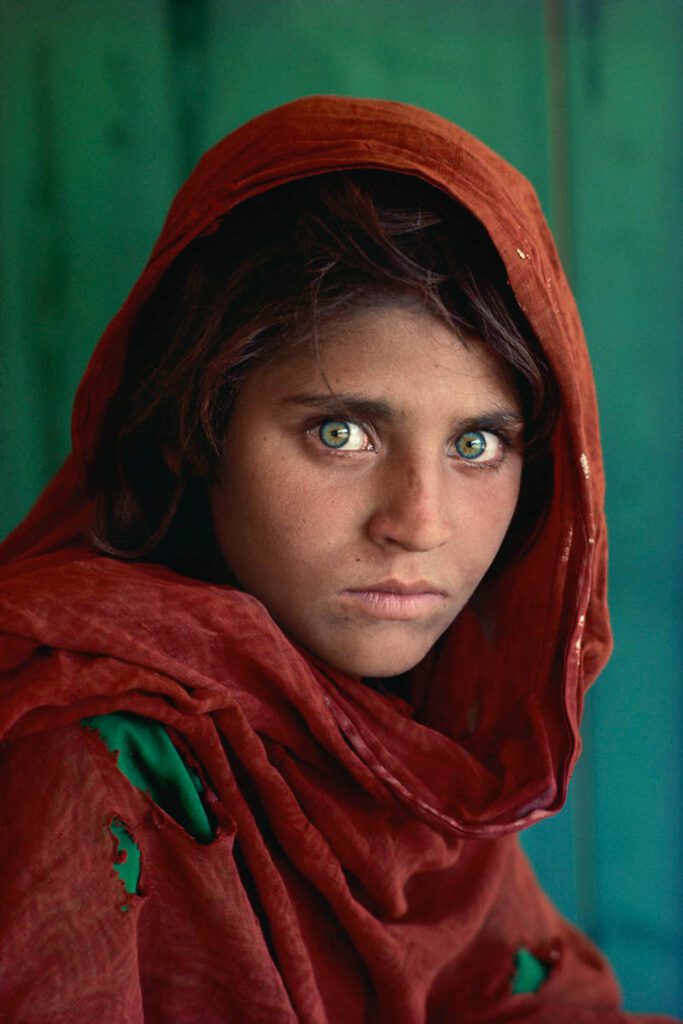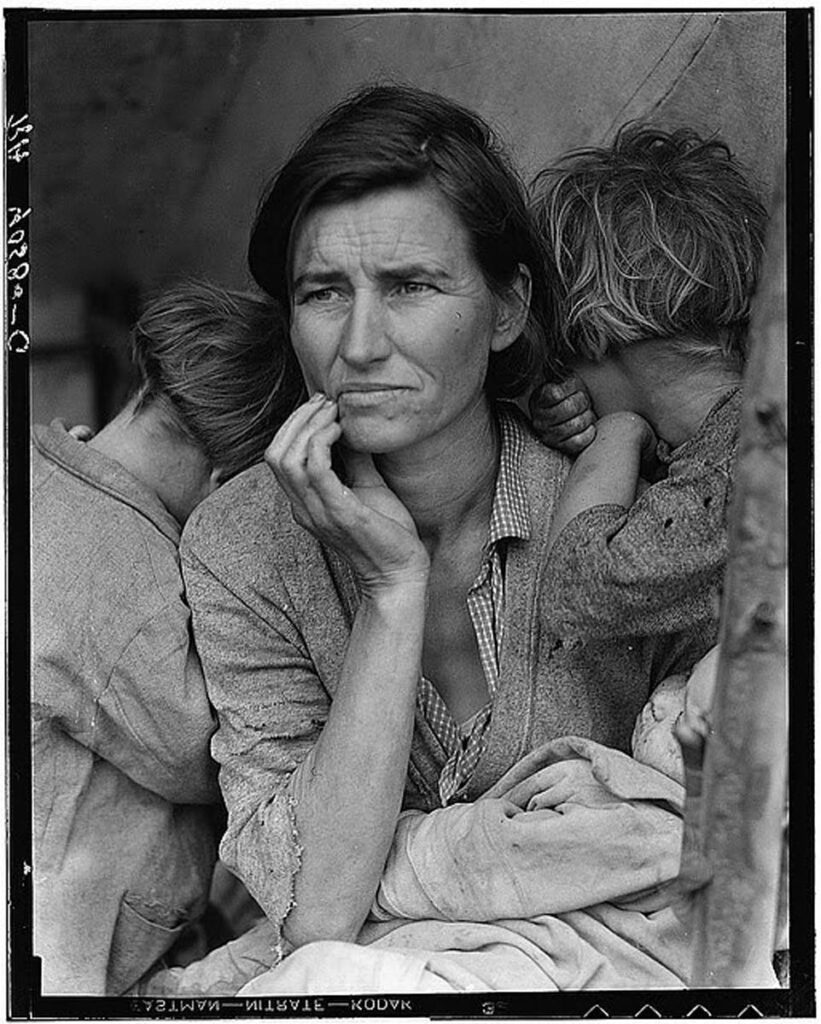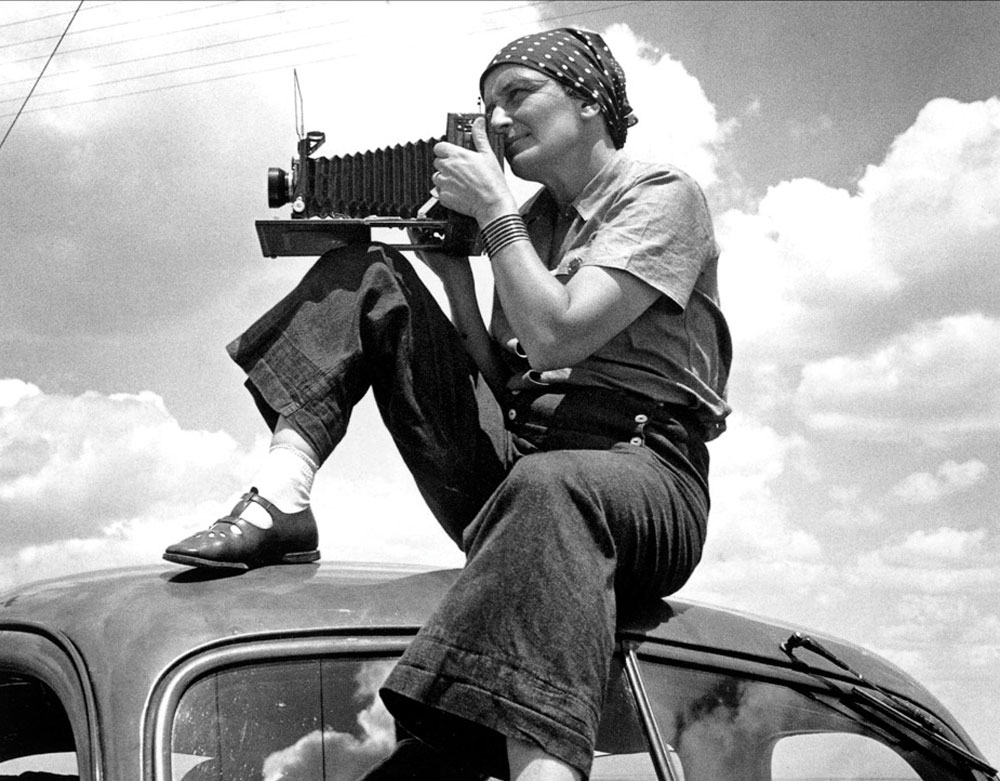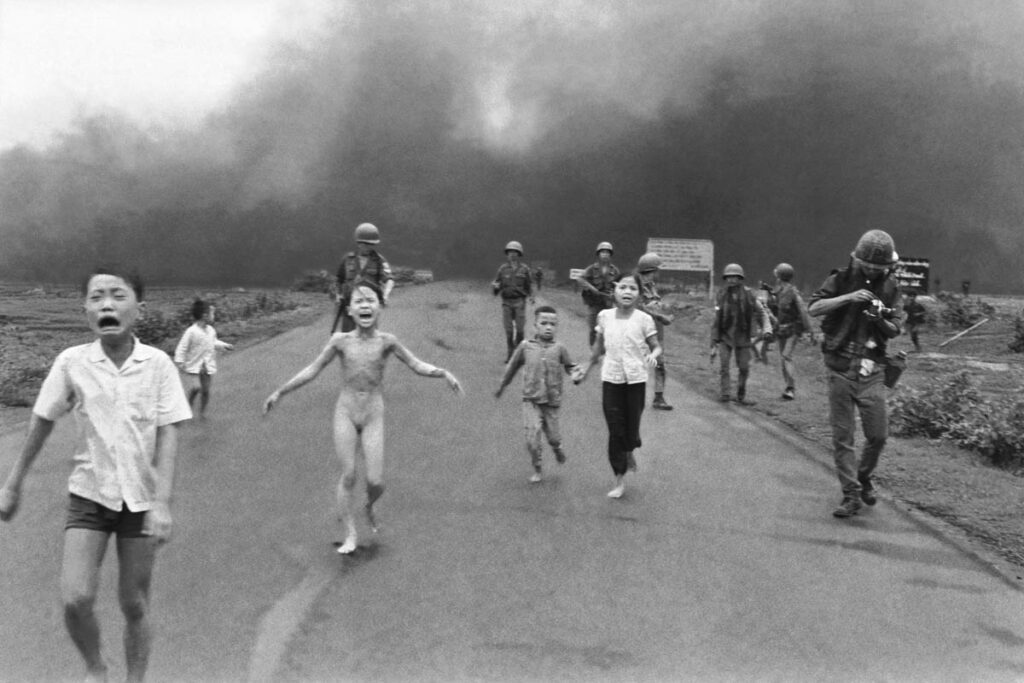Photography is often seen as more than just a way to capture images. It is a powerful medium for seeking and revealing truth. Through the lens of a camera, photographers can document reality, tell authentic stories, and shed light on unseen aspects of the world. This article explores how photography functions as a search for truth and its impact on society.

The Essence of Truth in Photography
At its core, truth in photography means capturing images that reflect reality as accurately as possible. A truthful photograph shows the world without distortion, manipulation, or bias. This authenticity allows viewers to trust and understand the content, providing a genuine glimpse into the subject matter.
Types of Photography that Search for Truth
- Photojournalism
- Definition: Photojournalism involves capturing images of news events and stories as they unfold.
- Purpose: The main goal is to provide a visual account of current events, enabling people to see and understand what is happening around the world.
- Impact: Photojournalists play a crucial role in informing the public and holding those in power accountable by documenting events with accuracy and integrity.
- Documentary Photography
- Definition: Documentary photography tells in-depth stories about people, places, and issues over a longer period.
- Purpose: It aims to provide a comprehensive view of its subjects, often highlighting social, economic, or political issues.
- Impact: This type of photography can raise awareness, foster empathy, and drive social change by offering detailed insights into the lives and struggles of others.
- Street Photography
- Definition: Street photography captures candid moments in public places.
- Purpose: It aims to document everyday life and the human condition, often revealing the beauty and complexity of ordinary moments.
- Impact: These spontaneous images can offer authentic glimpses into diverse cultures and societies, promoting understanding and appreciation of different ways of life.
Challenges in Capturing Truth
- Bias and Subjectivity
- Issue: Every photographer brings their own perspective and bias, which can influence what and how they choose to photograph.
- Solution: Photographers must strive for objectivity, being mindful of their biases and aiming to present their subjects fairly and accurately.
- Ethics and Consent
- Issue: Capturing and sharing images without permission can invade privacy and cause harm.
- Solution: Ethical photographers seek consent, especially in sensitive or private situations, and respect their subjects’ dignity and privacy.
- Manipulation
- Issue: Editing and manipulating photos can distort reality, misleading viewers.
- Solution: While minor adjustments for clarity are acceptable, photographers should avoid altering the content or context of their images to maintain authenticity.
Famous Examples of Truthful Photography
- Dorothea Lange’s “Migrant Mother”
- Context: Taken during the Great Depression, this photo depicted a mother and her children struggling in poverty.
- Impact: It highlighted the harsh realities faced by many Americans, prompting public and governmental response to aid the shelter less people.
- Nick Ut’s “Napalm Girl”
- Context: This iconic image shows a young girl running from a napalm attack during the Vietnam War.
- Impact: It exposed the brutal realities of war, contributing to global anti-war sentiments and protests.
- Steve McCurry’s “Afghan Girl”
- Context: A portrait of a young Afghan refugee with striking green eyes, published on National Geographic’s cover.
- Impact: It drew international attention to the plight of refugees, highlighting the human cost of conflict.
The Role of Technology in Truthful Photography
- Digital Cameras and Smartphones
- Advancement: Modern cameras and smartphones with high-quality lenses make it easier to capture detailed and accurate images.
- Impact: This technology has democratized photography, allowing more people to document and share their truths.
- Social Media
- Advancement: Platforms like Instagram and Twitter enable photographers to share their work instantly with a global audience.
- Impact: Social media amplifies the reach of truthful photography, raising awareness and sparking conversations about important issues.
- AI and Editing Software
- Advancement: Advanced software tools can enhance photos, but they also pose risks of manipulation.
- Impact: While these tools can improve image quality, photographers must use them responsibly to avoid distorting the truth.
The Impact of Truthful Photography
- Raising Awareness
- Benefit: Truthful photos highlight important issues, making people aware of events and conditions they might not otherwise know about.
- Example: Images of natural disasters can prompt global aid and support for affected areas.
- Fostering Empathy
- Driving Change
- Benefit: Powerful images can inspire action and lead to social and political changes. Example: Photos from the Civil Rights Movement played a crucial role in advancing civil rights in the United States.
Conclusion
Photography, as a search for truth, holds immense power in shaping our understanding of the world. By capturing real moments and telling authentic stories, photographers can reveal truths that inspire empathy, raise awareness, and drive change. Whether through photojournalism, documentary photography, or candid street shots, the pursuit of truth in photography enriches our collective knowledge and fosters a deeper connection to the world around us.






